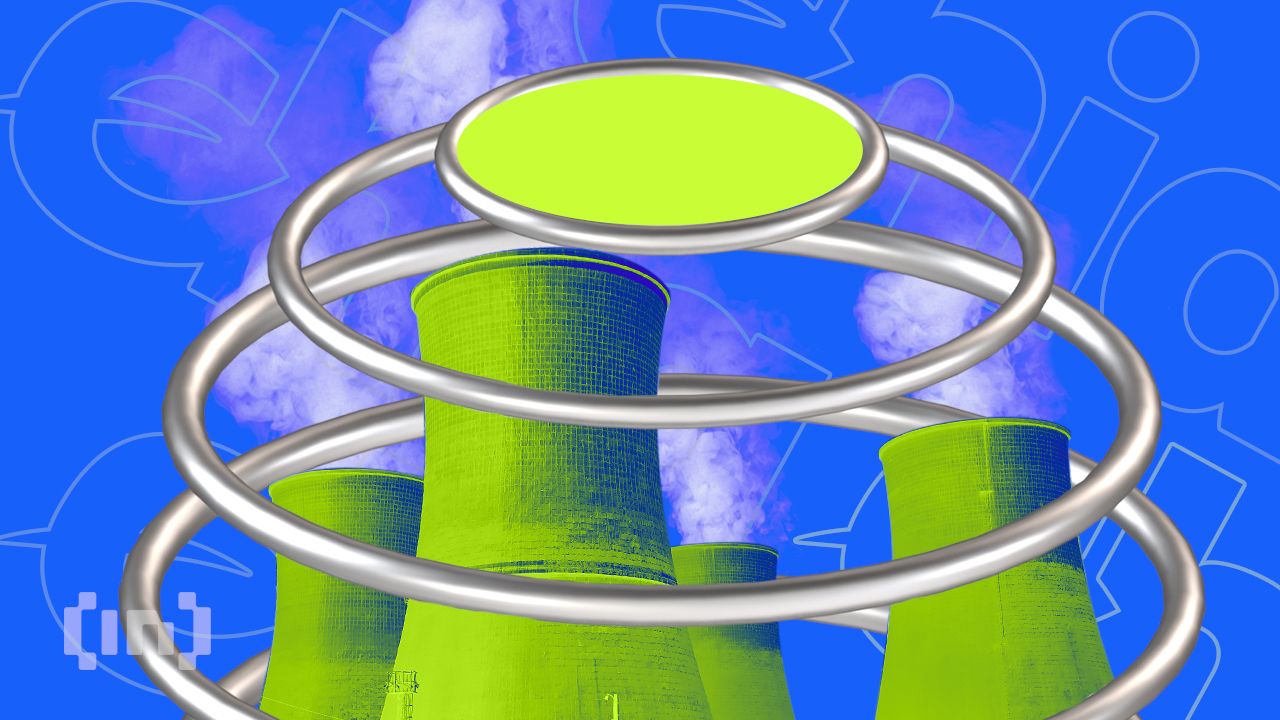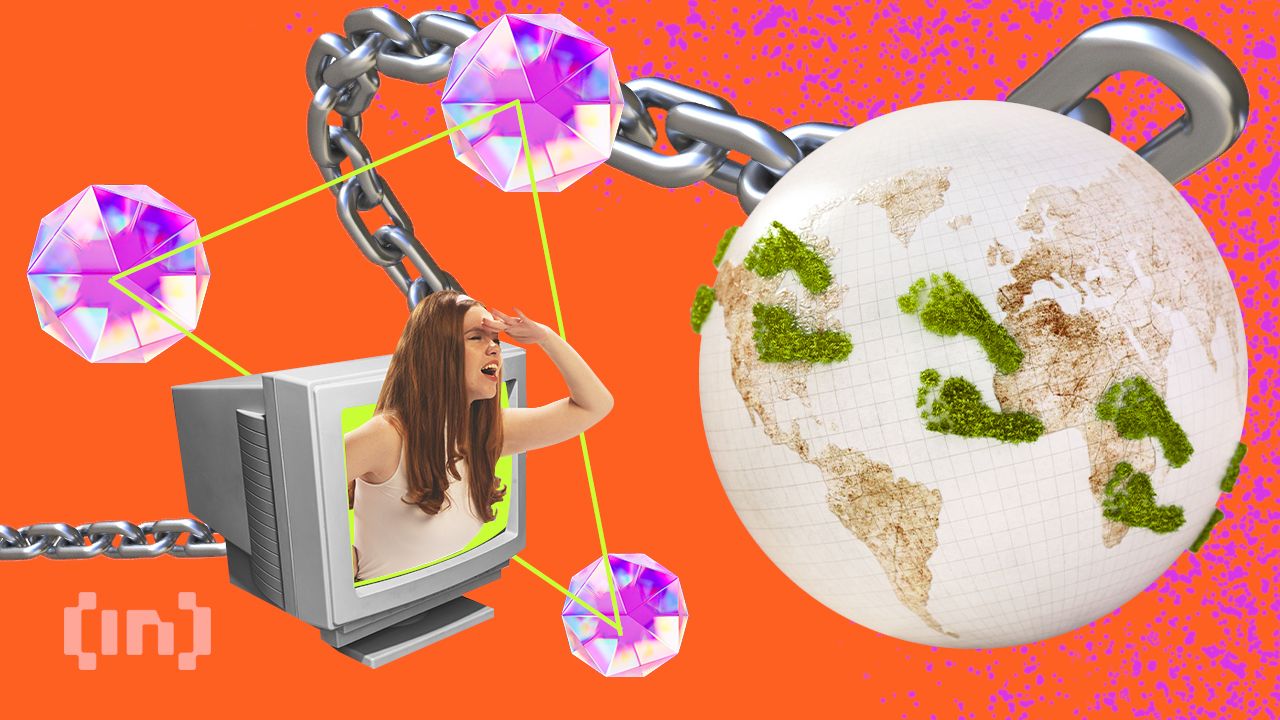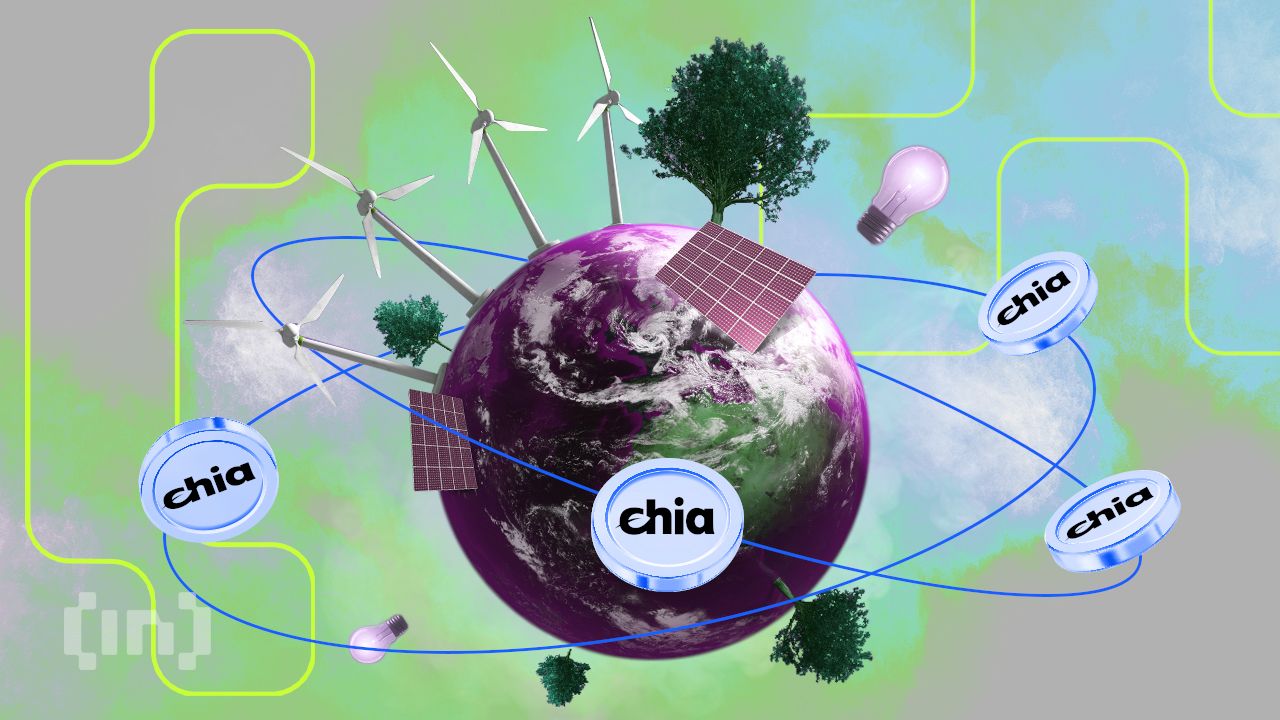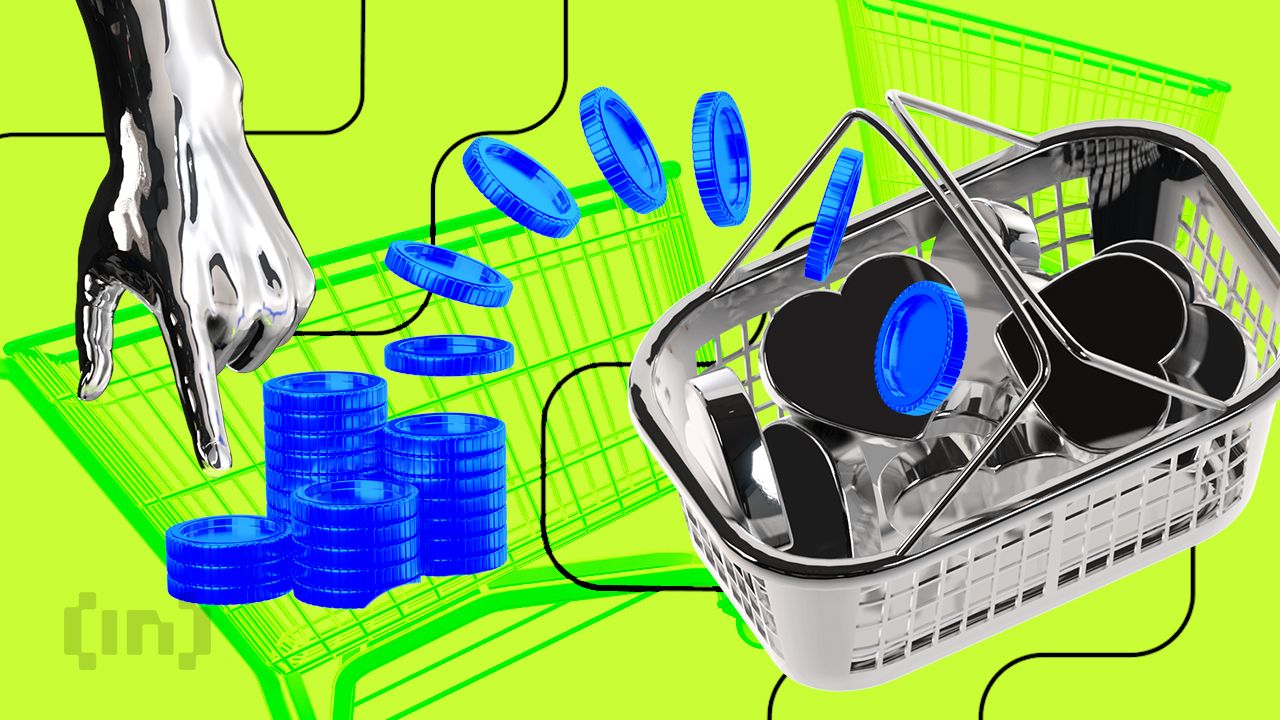The Chia Network, along with its homegrown Chia coin (XCH), aims to make the crypto space greener. Chia also aspires to double down on Bitcoin by embracing its core principles and good economics. And most importantly, it vows to achieve all these objectives by implementing a newer technology that’s much more environmentally friendly.
Hardly a month goes by when the Bitcoin network’s questionable energy footprint doesn’t become the bashing point in some new study, highlighting the crypto industry’s alleged disproportionate contribution to climate change. The latest one on our radar is a report by Greenpeace that says, “bitcoin mining is driving millions of tons of new global warming pollution in the US.”
Read on for a deep dive into the Chia crypto (XCH) and the broader blockchain ecosystem surrounding it.
In this guide:
What is Chia Coin Network?

The Chia Network is a blockchain and smart contract platform built on the Nakamoto consensus algorithm called Proof of Space and Time (PoST).
SponsoredFor those out of the loop, PoST is the first new Nakamoto consensus algorithm since Bitcoin. It enables the Chia network to perform efficient transaction validations, also known as “farming,” by allocating empty computer storage space to “plots.”
Farming is basically a type of lottery, and it requires nodes to locally host large files called plots. Each plot contains random cryptographic data, and collectively they give shape to what is known as the Proof of- Space and Time (PoST) consensus mechanism. More on that in a bit.
An alternative to proof-of-work (PoW)
Simply put, Chia’s goal is to build a global open-source network that operates with a payment settlement system comparable to that on the Bitcoin network. However, by adopting the PoST consensus mechanism over PoW, it looks to build an alternative decentralized financial system that doesn’t require energy-intensive mining.
Now that we have some rudimentary understanding of the Chia Network, let’s delve right into its under-the-hood mechanisms.
Chia Network: Under the hood
As mentioned earlier, the Chia protocol introduces an innovative approach with its own version of the Nakamoto Consensus. The underlying algorithm that powers the network removes mining-related energy demands from the system while still ensuring that it remains secure and decentralized.
The Nakamoto algorithm Chia deploys is a combination of Proof of Space and Proof of Time (collectively called Proof of Space and Time or PoST). To briefly explain these,
- Proof of Space refers to a cryptographic technique that enables a miner (called farmer) the ability to demonstrate that they are allocating a non-trivial volume of unused storage on their hard disk drives to contribute to the network.
- In the context of the Chia network, Proof of Time refers to a consensus algorithm that uses a voting system to choose farmers and focuses on how long a particular farmer has been actively contributing to the network (as well as their overall reputation).
So, in Chia, the goal is to create tokens and reward network validators based on the free storage they contribute to the network. This is drastically different from PoW blockchains that depend on the processing performance of mining rigs.
Note that this is just a TL;DR explanation of how PoST in Chia works. For a detailed look into the underlying mechanisms, check out this paper that did a neat job digging into these consensus algorithms.
How does the Chia Network work?

Any Chia user with unused storage on their hard drives can farm Chia by allocating disk space to plots. Only the initial plotting is somewhat time and resource-intensive.
As a farmer, first you have to install special software on your computer. This is mandatory because this software enables you to allocate storage to Chia. Farmers then use the volume of disk space they have allocated to the network to solve a challenge presented by the Chia protocol. This is how it happens:
The software you have installed is made up of a node that syncs the blockchain and it besides storing a collection of cryptographic numbers on the disk into plots. Whenever the Chia blockchain generates a new block, it derives a so-called challenge number from the previous block. Farmers then have to scan their plots to see if they have a number close to the challenge number. The plot with the best proof is rewarded by the network.
Of course, the more hard drive space you allocate to the network, the more random numbers you will store. This, in turn, will raise your chances of winning the next block on the blockchain.
Sponsored Sponsored
Once you install the Chia software and sync it with a minimum of one plot, farming starts. After creating a plot, you will start noticing the “Time to Win Coin” message displayed in the farming tab. The value displayed on the tab is just an approximate estimate, though.
So, by now you have probably understood why PoST doesn’t require nearly as much electricity and hardware that PoW does. Furthermore, the unused space allocated to Chia is ASIC-resistant (i.e., it cannot be used to mine crypto). This is why the Chia blockchain can justifiably call itself a greener and more eco-friendly alternative.
In another big upgrade last year, Chia started allowing farmers to farm CHIA coin directly on Amazon Web Services (AWS) cloud servers.
Chialisp: Chia’s own programming language

Another major aspect of Chia is that it uses its own on-chain programming language called Chialisp. It allows the efficient development and maintenance of funds with smart contract capabilities.
Since its launch in 2019, Chialisp has been, by and large, a success in the DeFi community and among developers. The programming language itself seems secure, easy to audit, and powerful.
Chialisp takes inspiration from Solidity, Bitcoin Core, and the Ethereum codebase while keeping Bitcoin’s UTXO model. It lays the foundation for simultaneous transactions rather than going down the “sequential transaction” route.
So far, supported transactions include — atomic swaps, authorized payees, Colored coins, multi-sig wallets, recoverable wallets, and rate-limited wallets, among others.
Who is behind the Chia project?
Chia protocol was developed in 2017 by Bram Cohen, a renowned computer programmer and the creator of the BitTorrent protocol. He is currently spearheading the project as the chief executive.
Cohen is aided by Gene Hoffman, a serial entrepreneur, as the COO and President, and former Delta-V Global Management CEO Misha Graboi as the CFO, among other top executives. Head over to the project’s team page to familiarize yourself with other team members.
SponsoredAdditionally, the Chia team consists of a rather large community of developers who regularly contribute to the codebase with different capabilities.
Chia coin vs. Bitcoin — how are they different?
The key differences between Bitcoin and the Chia coin XCH include the following:
- The transaction verification mechanism is different on both networks. While Bitcoin relies on the PoW consensus mechanism, Chia utilizes PoST.
- Bitcoin is energy-intensive, as its mining process requires high-end mining rigs with high-performance processors and graphics cards. In contrast, Chia only utilizes unused disk space on normal computer systems to mine the Chia coin (called farming).
- Bitcoin has a maximum supply of 21 million coins. On the other hand, Chia has no such caps and the team overseeing the project rather prefers predictable continuous inflation.
Chia coin (XCH)

Chia coin (XCH) is the native asset on the Chia Network. It deploys a custom-made version of Bitcoin’s unspent transaction outputs (UTXO) model, which is a key incentive mechanism that supports the Nakamoto algorithm.
Block producers on the Chia blockchain are rewarded in XCH for their contribution towards securing the network. As such, XCH coin farmers can contribute their unused storage space to the network and earn freshly minted XCH.
Chia opted not to have an ICO. Rather, it relied on private funding rounds to secure capital for the project. However, investors didn’t receive any coins for their monetary contribution. They can, however, redeem a portion of the network’s strategic reserves.
Chia tokenomics
The Chia team pre-farmed 21 million XCH, which they invest in the network’s long-term development. There are several ways for the team to utilize its strategic reserves, including:
- Lending: Lending XCH coin to customers will pave the way for more liquidity for XCH.
- Rewards: To distribute additional farming rewards.
- Investments: Developers and other contributors to the network can be offered grants in XCH coin.
- Buybacks: Chia’s roadmap includes going public at some point down the line. When that happens, the team can use its strategic reserves to buy back shares.
- Dividends: The strategic reserves can also be used to pay dividends when the company goes public.
As for the block rewards to nodes for securing the network, here’s how it works:
Sponsored Sponsored- 2021 to 2024: 2 XCH per block.
- 2025 to 2027: 1 XCH per block.
- 2028 to 2030: 0.5 XCH per block.
- 2031 to 2033: 0.25 XCH per block.
- 2034 and afterward: 0.125 XCH per block in perpetuity.
How to buy the Chia crypto?

Chia coin (XCH) is available on multiple centralized and decentralized crypto exchanges:
- Sign up for any exchange of your choice.
- Depending on the exchange you choose and its policies, you may have to undergo KYC verification.
- Deposit funds into your account. In case, the exchange of your choice doesn’t support direct cash transfer; you may have to deposit any other commonly accepted coins, such as Bitcoin.
- Once you have deposited funds, look for all trading pairs that include XCH.
- Buy XCH with the funds you have deposited to the exchange wallet.
Criticisms against Chia Network
While Chia has already made a mark as one of the most promising green crypto projects, it also has its fair share of critics. The most serious concern about the project stems from its need for a huge number of hard disk drives.
Due to the massive volumes of free storage required in the farming process, the Chia Network can put a severe load on hard drive manufacturers. For perspective, some estimates suggest that Chia farming can reduce the lifespan of a 512 GB hard drive from more than a decade to less than two months. This can backfire in two ways:
- The increased manufacturing of hardware will eventually lead to high electronic waste and emissions.
- With the demand skyrocketing due to Chia farming, the prices of hard disk drives can also surge significantly.
Can Chia live up to the buzz it has created?
To sum it up, despite all its shortcomings, Chia is hands down far more energy efficient than Bitcoin. Any large-scale Chia farming hub will probably seem more like cold storage if compared to the energy-guzzling hot-houses Bitcoin mining farms are.
The Chia Network must prove its worth as a superior alternative to Bitcoin and other PoW networks. The only way it can accomplish that effectively is by communicating its use case to new users and galvanizing community support. Otherwise, it would be a lot more environment-friendly by not existing at all.
< Previous In Series | Coins | Next In Series >

